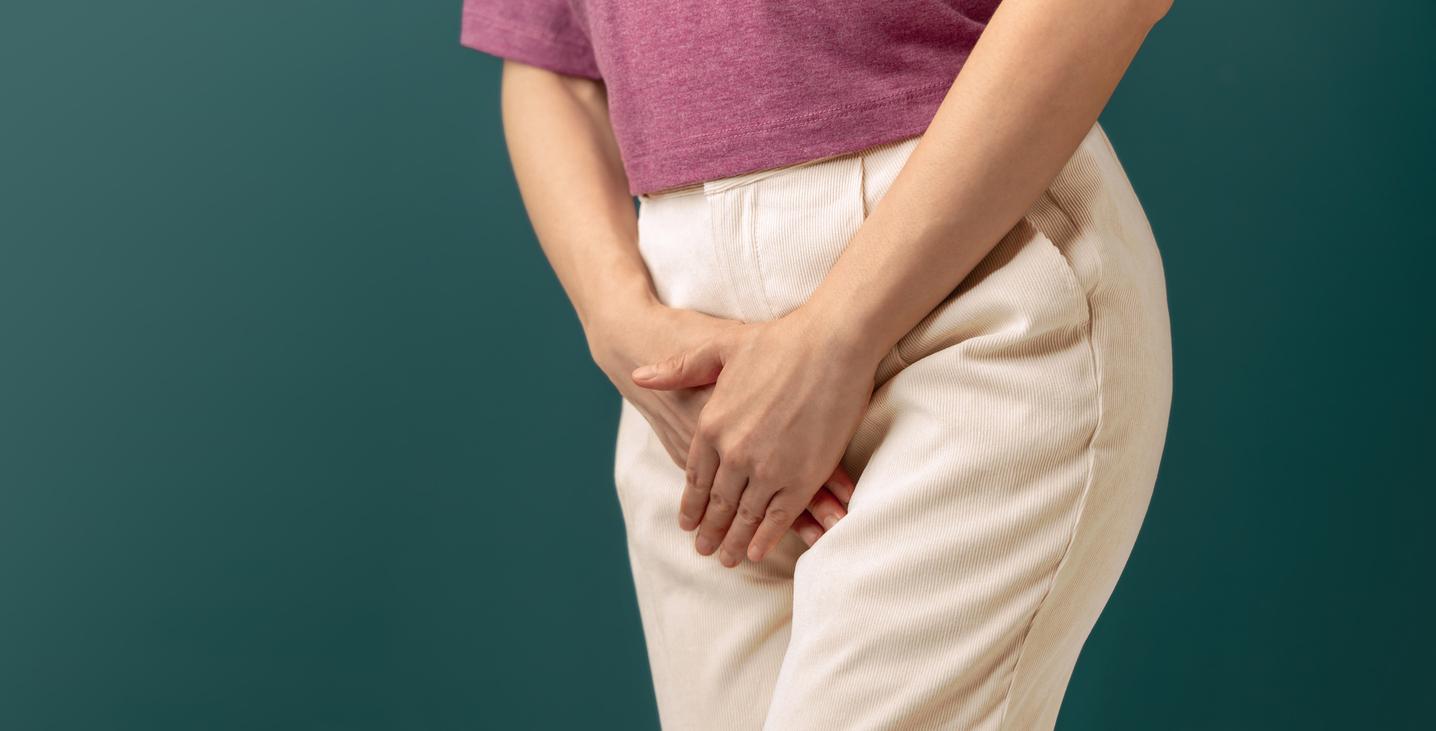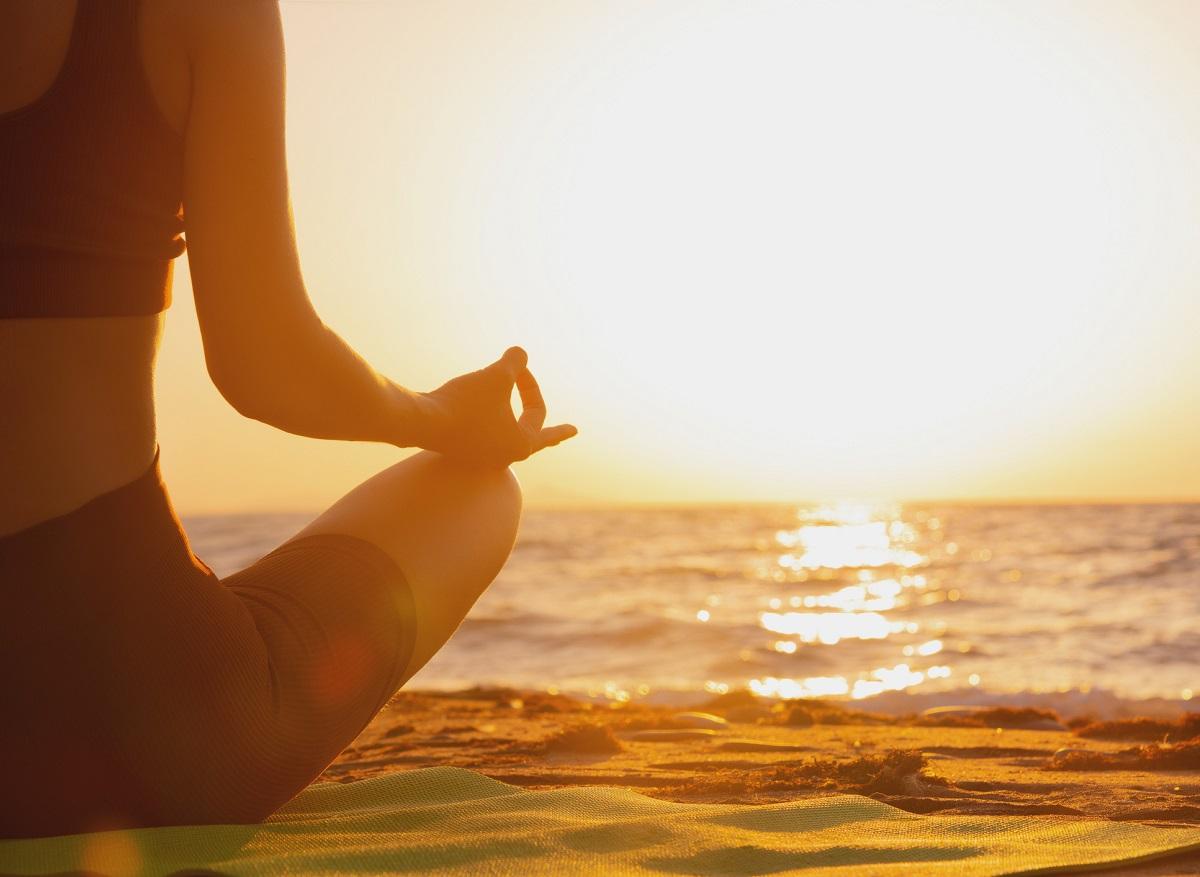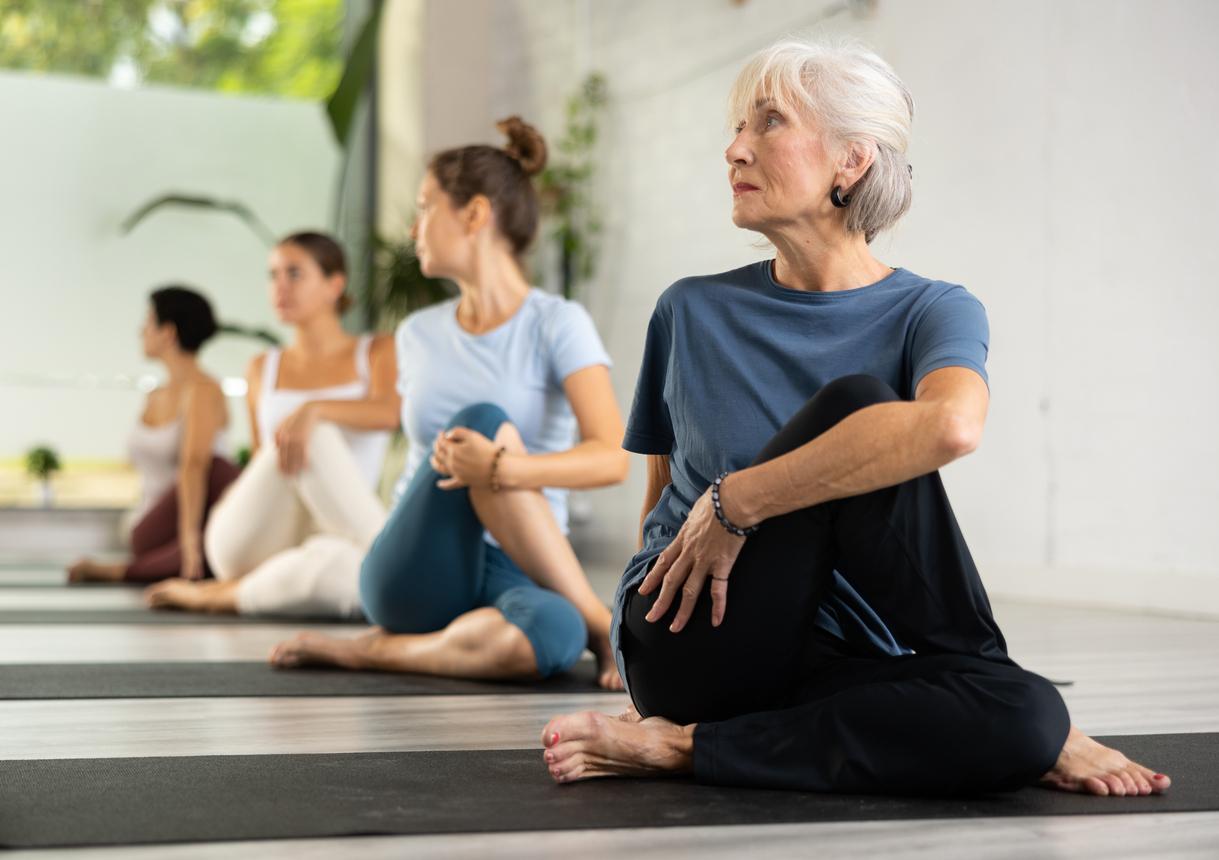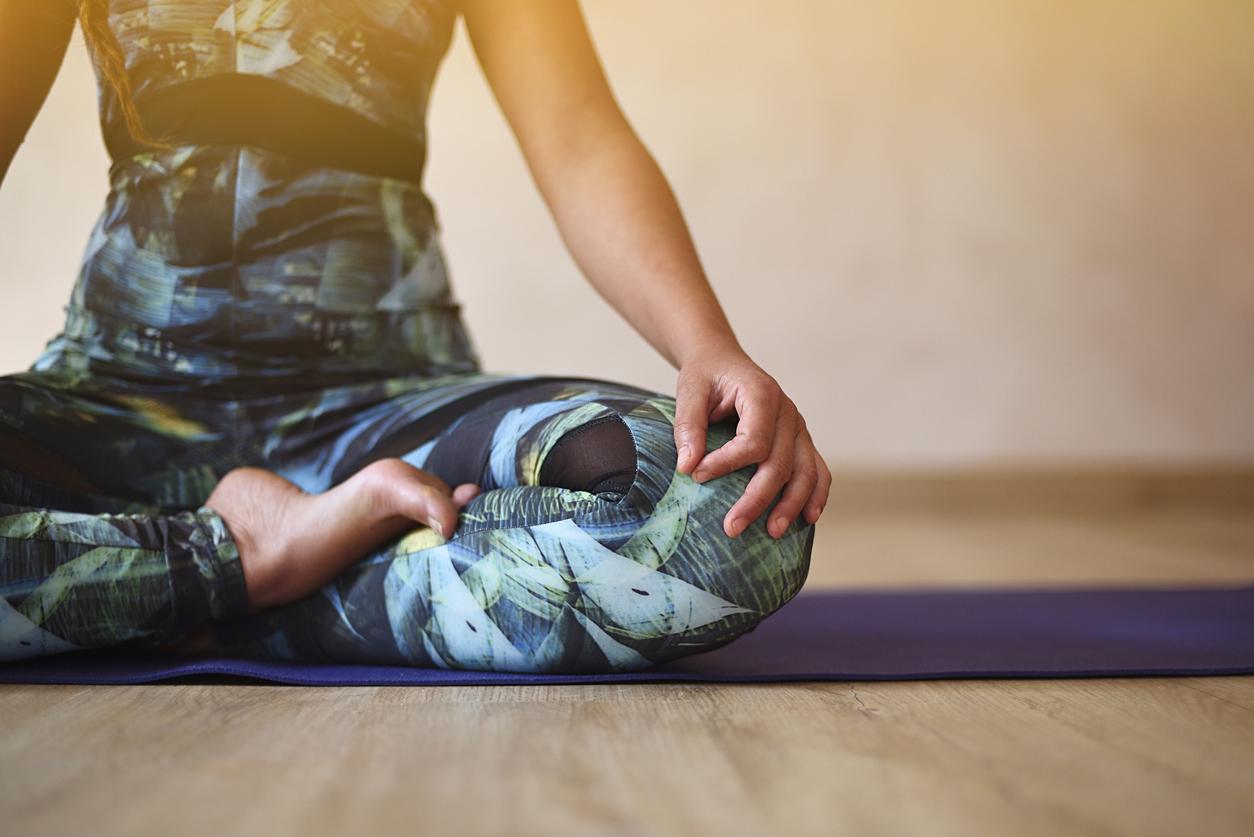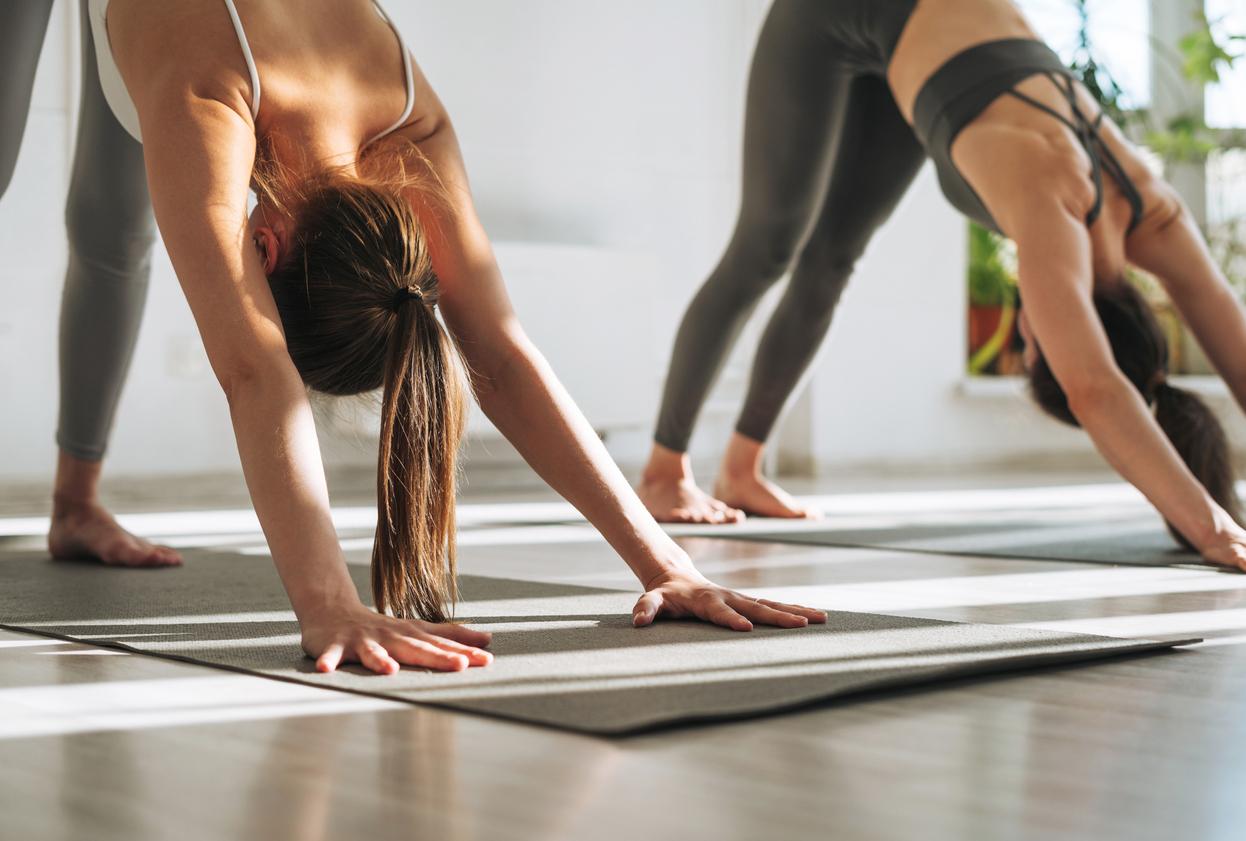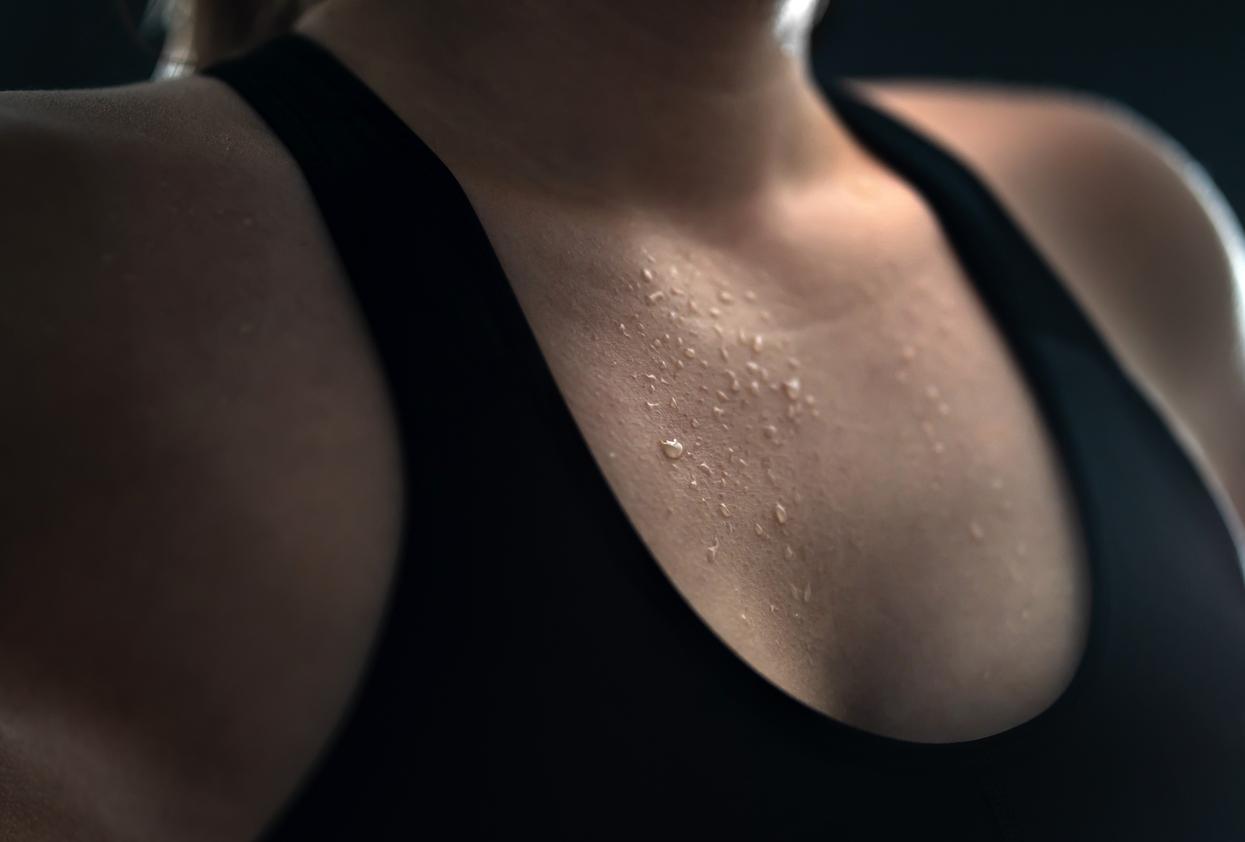
Hatha, Yin and Ashtanga
If you want to start with yoga, it can be quite difficult to choose a strain. Yoga is much more than just moving and relaxing. It is about posture, breathing, concentration, meditation, awareness. And each yoga form offers something different. Do you want to sweat a lot and do an intensive workout? Or do you prefer technical perfection or long intensive poses? See which yoga form suits you best.
hatha yoga
The most practiced form of yoga in the Netherlands is Hatha yoga. In the name Hatha the Sanskrit words ha (sun) and tha (moon) come together. The sun stands for action, the moon for internalization. Within Hatha yoga the two come together in the form of asana, physical exercise, and pranayama, control of the breath.
Both the postures and the breathing consist of four parts. In the attitude they know the moments preparing, accepting, sustaining and observing. Breathing consists of inhale, hold, exhale, and hold again. There are many different breathing techniques within the Hatha.
Dynamic and stilled postures alternate in a lesson. You pay attention to what is happening in the body. By combining it with breathing, you learn to let go of muscle tension. The teacher mainly provides direction and energy and will not be so quick to say whether you are in the right or wrong position. With Hatha you have to make things happen and be a spectator of them.
yin yoga
In Yin yoga, positions are held for longer, giving you more time to push and explore your limits. The postures are mainly aimed at strengthening and relaxing connective tissue and joints. You use the postures to feel your body better. The Yin yoga class has a relatively calm character: you take time for the body.
Most sports aim to tighten and relax the muscles, with Yin yoga you let them loose as much as possible. You focus on the connective tissue and joints in the area where you feel stretch. The connective tissue and joints are Yin because they are stiff and inelastic. The muscles are yang: elastic and soft. Because Yin yoga focuses on the flexibility of the connective tissue and the joints, it is very suitable for people with a sedentary profession. By sitting a lot you put a lot of stress on your back and pelvis and during Yin yoga you let this go.
Yin yoga is best practiced in the morning when the muscles are still stiff. The greatest effect is achieved when you combine Yin yoga with a yang yoga form such as power yoga. Yin yoga can also complement other sports such as running.
ashtanga yoga
Ashtanga literally means eight limbs and refers to the eight branches that are distinguished within yoga. Each branch has its own theme, for example breathing, consciousness or social behaviour.
In Ashtanga yoga postures are performed in a flowing movement, otherwise it is a bit like Hatha yoga. The postures, asanas, are an expression of the union of body and mind. The symbol for this is the vinyasa. This word from Sanskrit means flow or flow.
You use a particular breathing technique called Ujjayi. Furthermore, while breathing, you send the energy to certain places in your body: the bandhas. Each posture is also connected with a direction of view, the drishti.
Ashtanga yoga is a powerful dynamic form of yoga for a strong and energetic body. The class is especially suitable for people who like a challenge both mentally and physically. The dynamics are attractive, but can also be a pitfall. People soon want to go too fast, causing you to perform postures incorrectly. Power yoga is also a form of Ashtanga yoga.
Bikram yoga
Hot, hot, hot. In the room where bikram yoga is taught, it is 38 to 40º Celsius. That has to be done by the creator: Bikram Choudhury. The originally Indian American once suffered a serious injury to his knee and recovered with yoga. He devised a fixed set of two breathing exercises and 26 postures that you perform in a fixed order. The poses are based on hatha yoga. You can only call a class ‘bikram’ if you strictly adhere to that series and have followed a course at Choudhury himself.
Because you practice the bikram yoga in a firmly heated room, your blood circulation is stimulated. This would make you more flexible faster, so that injuries can be prevented or corrected. Bikram yoga demands a lot from your body; you sweat a lot. Some people have trouble breathing at first because of the heat.
Other forms of yoga
Besides the Hatha, Yin and Ashtanga yoga there are of course many more forms. An overview of the lesser known forms can be found in this article. Try out different forms of yoga, preferably at different studios. That way you will eventually find the yoga form that really suits you and meets your wishes.
Sources):









